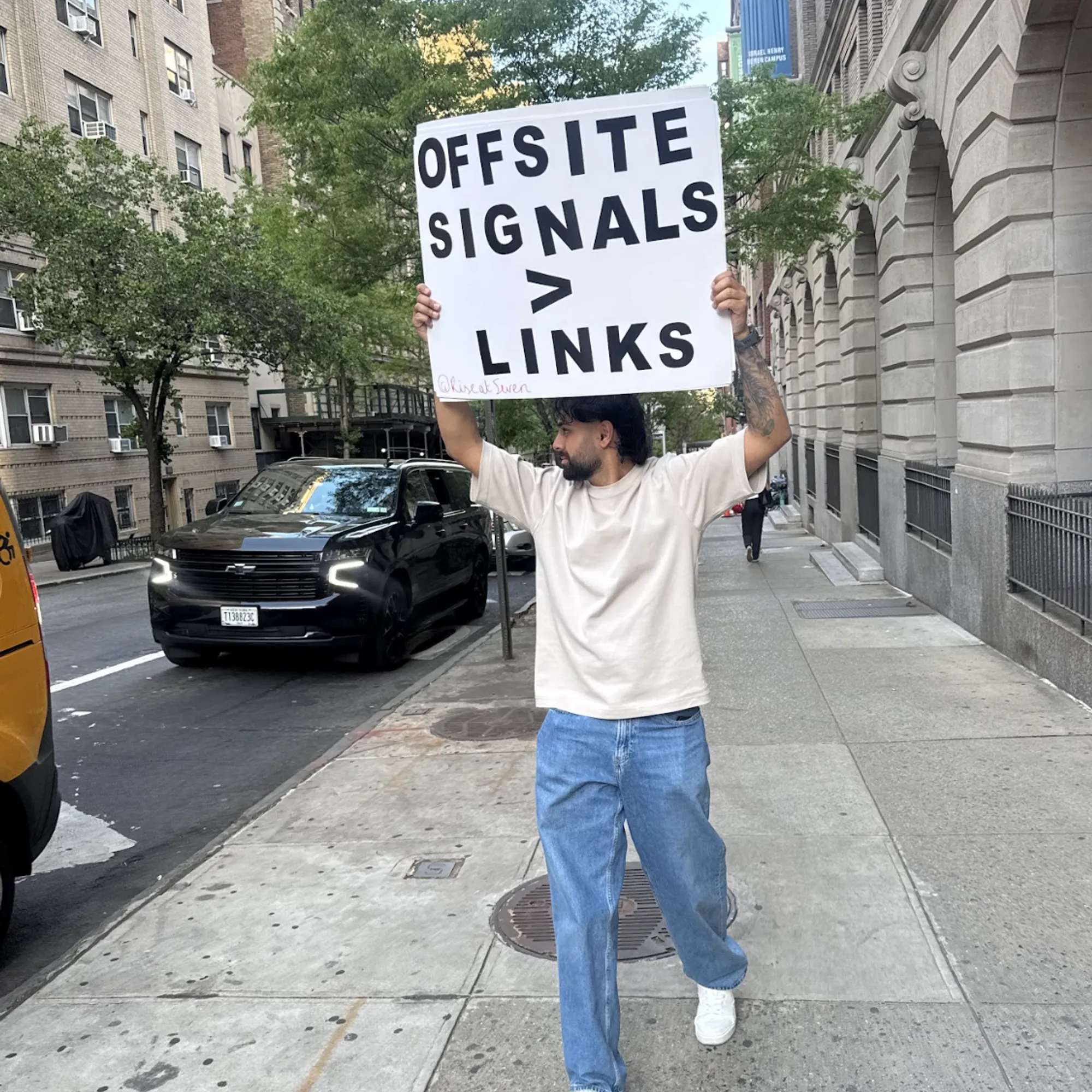
Do linking sites with canonical tags pass link value?
When content marketing campaigns get hundreds of backlinks it’s often because some publishers syndicate content across a network of sites – the same story can appear in international versions of Business Insider, for example; or in the local press for multiple towns and cities in the UK.
Each regional needs content but newsrooms are too short staffed to write something unique for every site – so when the story appears on multiple sites owned by the same publisher, one version might be set as the canonical URL.
Publishers use cross-domain canonical tags to protect their sites from the inevitable negative effects that come from posting lots of duplicate content, effectively directing search engines to index one version and let readers discover the others through social media, email or via the homepage.
The result is that one of your backlinks is indexed…and the rest aren’t. But are they passing value?
Canonical tags consolidate link signals for similar or duplicate pages
The Webmaster Help entry for canonical pages states that canonical tags help “search engines to be able to consolidate the information they have for the individual URLs (such as the links to them) into a single, preferred URL.”
The non-canonical page doesn’t get added to the index but it still gets found through links – and those links, internal and external, transfer PageRank. As long as the article page can be found on the site (on the homepage when it’s fresh or via pagination when it gets older) and the links to the page (and to your website) do not use the nofollow attribute, Google will continue to follow links to the page; read and respect the canonical; and pass value through all the links.
From an Eric Enge interview with Matt Cutts in 2007:
Eric Enge: Can a noindex page accumulate PageRank?
Matt Cutts: A noindex page can accumulate PageRank, because the links are still followed outwards from a noindex page.
Eric Enge: So, it can accumulate and pass PageRank.
Matt Cutts: Right, and it will still accumulate PageRank, but it won’t be showing in our index. So, I wouldn’t make a noindex page that itself is a dead end. You can make a noindex page that has links to lots of other pages.
…
Eric Enge: …if you have pages on a site with content that from a user point of view you recognise that it’s valuable to have on the page, but you feel that it is too duplicative of content on another page on the site.
That page might still get links, but you don’t want it in the index and you want the crawler to follow the paths into the rest of the site.
Matt Cutts: That’s right. Another good example is, maybe you have a login page, and everybody ends up linking to that login page. That provides very little content value, so you could NoIndex that page, but then outgoing links would still have PageRank.
Although Matt and Eric were talking specifically about the noindex meta tag, the principle is the same: links from websites that aren’t in the index are still followed by Google and still pass PageRank.
It’s worth mentioning that, more recently, John Mueller has stated that – and I’m paraphrasing Barry Schwartz here – “long term noindex, follow commands will eventually equate to a noindex, nofollow directive as well. Why, well, eventually Google will stop going to the page because of the noindex, remove it from the index, and thus not be able to follow the links on that page.”
We know from server logs – and even Search Console data – that Google will in fact continue to go to (crawl) pages that are not indexed due to a noindex or canonical attribute and follow links from the page.
So, what did we learn?
- When someone says “you can’t report on that link, it has a canonical” – now you know you can. Shout it from the rooftops!
- Getting a link from one regional often means a link from lots of regionals. Great news if you’re looking to improve the visibility of your listings in the Local Pack and Google Maps.
- We still miss Matt Cutts.
Image is from giphy.com.
















